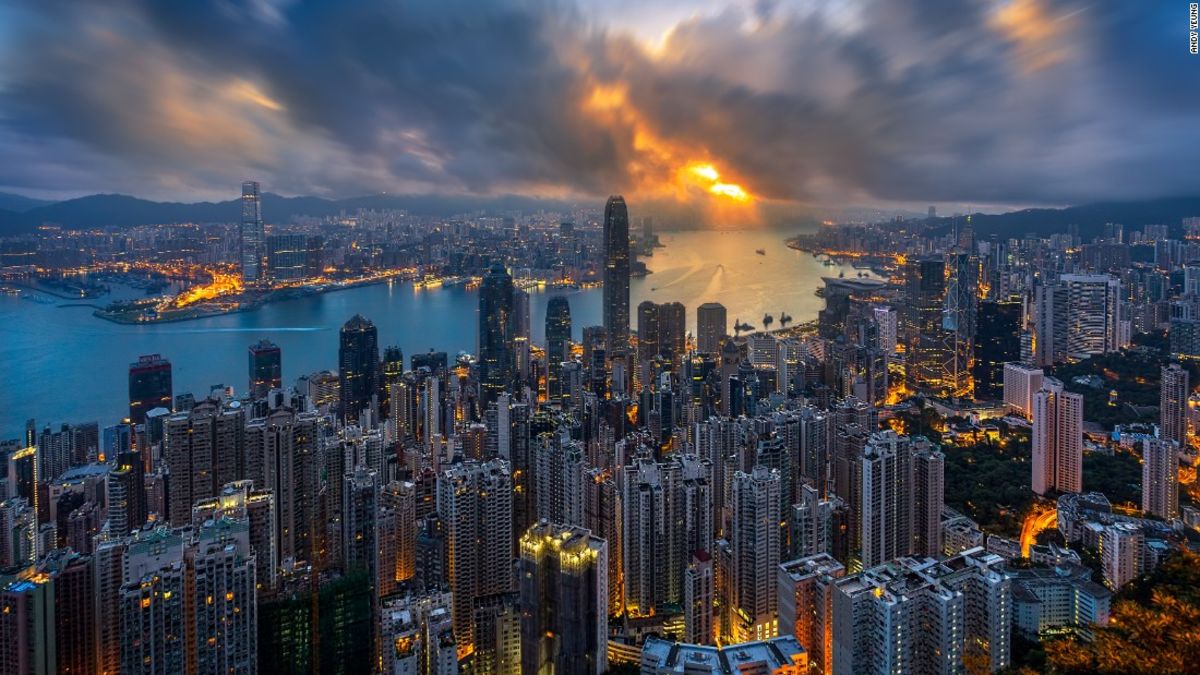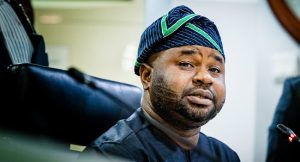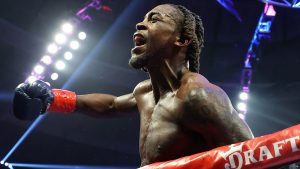How Hong Kong has changed since handover

Hong Kong (CNN) — Hong Kong is a city that never stops moving — but midway through a 50-year political experiment as it transitions to Chinese rule, not everyone here knows which way they want it to move. For the traveler, the appeal of Hong Kong is — as it’s always been — that unique sense of history, energy and landscape. Whether in the green hills of the New Territories or the dense tower blocks of the Mid Levels, there’s nowhere like it on Earth. Little wonder that so many — from the Chinese to the British, to the Japanese, and then British again — have fought over this destination. It’s currently governed under an unusual structure, known as one country, two systems. That means that although it’s part of China, it has separate laws.In Hong Kong, they’re used to working across divides — whether geographical, lingual or ideological. Hong Kong island and Kowloon Peninsula sit across Victoria Harbour, connected for more than a century by the green and white Star Ferries that ply the water. But travel to Hong Kong today and you’ll find a city at a crossroads. The vibrancy and purposefulness that created this place is now cut through with uncertainty. For some, that unique political experiment is beginning to take its toll. Back in 1997, when Britain handed Hong Kong back to China after more than 150 years, China agreed to maintain its British-implemented government system for 50 years.The Hong Kong Basic Law guarantees the freedoms of the people, such as the right to protest, the right to a free press, freedom of speech and so on.In fact, restrictions from China have led to pro-democracy protests, such as the 2014 “Umbrella Movement,” which challenged Beijing’s interference in Hong Kong’s political affairs and demanded Hong Kong be allowed to choose its own leaders.Fears for futureWith a name like Demon Chef, Alvin Leung lets you know he means business in the kitchen. See how he creates Ode to the Dragon a dish named after a world legend.Now, with only 28 years remaining on the original plan, no one really knows what comes next. Will things stay as they are, move forward or could they take a step back once the 50 years are up?One thing’s for certain: Hong Kong has gone through many significant changes since the handover.With a population of more than 6.5 million people and growing wealth and resources, it was already considered a city on the rise back then.Now, it’s an economic powerhouse — Hong Kong’s gross domestic product has doubled since 1997.A visit to the working-class neighborhood of Sham Shui Po, located in the heart of Kowloon, provides an insight into just how far things have evolved, offering a glimpse into the past amid rapid change elsewhere in the city. Formerly the center of Hong Kong’s textiles manufacturing industry, it’s filled with bustling markets, some of the best street food around as well as historic buildings like Precious Blood Convent, formerly an outpatient clinic for babies.”This is the last frontier from gentrification, over-thinking things and becoming ahead of ourselves,” says local chef and TV personality Christian Yang. “Guys like me need to come here and almost get reminded of where we come from.”They’ve kept the traditions and they’ve kept making things the way they used to make them.”Alvin Leung, known as “The Demon Chef,” heads up three Michelin star restaurant Bo Innovation. He echoes this resolve to keep the past alive.Opened in the bustling downtown district of Wan Chai in 2008, it serves dishes inspired by events or people in history, such as martial arts legend Bruce Lee and even Doctor Seuss.As for the decor, Leung worked with an artist to create a spectacular mural that depicts pivotal movements in Hong Kong’s history, such as the announcement of the handover.”It embodies the spirit of Hong Kong,” he explains. “What represented Hong Kong at that time was lots of immigrants. We came from a very humble beginning, but we have adapted.”Premium propertyWednesday night at the races is a fun night for novice and experts. It’s where all of Hong Kong society mixes: the horse owners, race goers and gamblers.The city’s ever-changing skyline is one of the clearest indications of how rapidly it’s adapted, particularly with the growth of Hong Kong Island’s eastern districts.Hong Kong now has more skyscrapers than anywhere else in the world.However, only 24% of the land here is developed, of which only 7% is used for housing. Much of the premium land ends up in the hands of the wealthy, meaning many Hong Kong residents live in shockingly cramped spaces.As a result, property here is at premium, with the market considered the most expensive in the world. On The Peak, one of its most exclusive neighborhoods, a four-bedroom house, measuring around 6,200 square feet, was last year listed for around US$446 million.Positioned about 400 meters above sea level on Hong Kong island, The Peak also serves as a major tourist attraction.Around seven million people take The Peak Tram, one of the world’s steepest funicular railways, up here each year to witness the spectacular views of the city below.”Only the very rich and famous British people were permitted to live here before,” explains Binoche Chan, chief operating officer at Sotheby’s Hong Kong. “The Chinese started to have an address on the Peak, but it was a big fight.” While many of its properties were acquired by Hong Kong’s Chinese residents after the handover, the main buyers are now people from mainland China.”Hong Kong is always their first choice before they go to New York or London to buy their second, third or fourth property,” she says.Sense of identityCNN’s Richard Quest visits Sam’s Tailor, a Hong Kong tailor shop patronized by celebrities, royalty and politicians from all over the world. Mainland China invested $8.57 billion in Hong Kong real estate in 2017, and financial ties between the two destinations have prevailed.As a free market economy, Hong Kong is largely dependent on international trade and finance, and mainland China accounts for around half of its total imports and exports. Meanwhile, tourism contributed to the city’s GDP by 4.7% in 2016, when it received 56.6 million visitors, many of who were from mainland China.But business aside, the political divides that developed during the 150-year separation between the two remain strong.Prior to the handover, government affairs in Hong Kong were overseen by a governor selected by the British Crown. But since 1997, the top Chief Executive has been chosen by an election committee of 1,194 people largely made up of pro-establishment voters who seem eager to carry out the wishes of the central government in Beijing.Frustrations over this system came to a head in 2014, resulting in the Umbrella Movement, in which tens of thousands of protesters shut down sections of the city for a staggering 79 days. Several protest leaders were recently jailed. When a 2017 survey by the University of Hong Kong showed the number of young people living in the city who identified as Chinese was just 3.1%, political tensions were thought to be a contributing factor.Many young residents now see themselves as entirely separate, identifying as Hong Kongers.Meanwhile, in a separate poll conducted by the Public Opinion Programme of Hong Kong University, more than 55% of respondents said they had absolutely no confidence in Hong Kong’s future — the lowest figure since 1994.With such tensions continuing, it’s no surprise that the mere mention of the end of the 50-year plan causes discomfort for Hong Kongers.Now that the “one country, two systems” experiment is almost at its halfway point, only time will tell how things fare on the other side.However Yang, who grew up in the city during the handover years, says there’s no doubt in his mind that Hong Kong will emerge stronger than ever.”We survive, because we are survivors,” he says.







